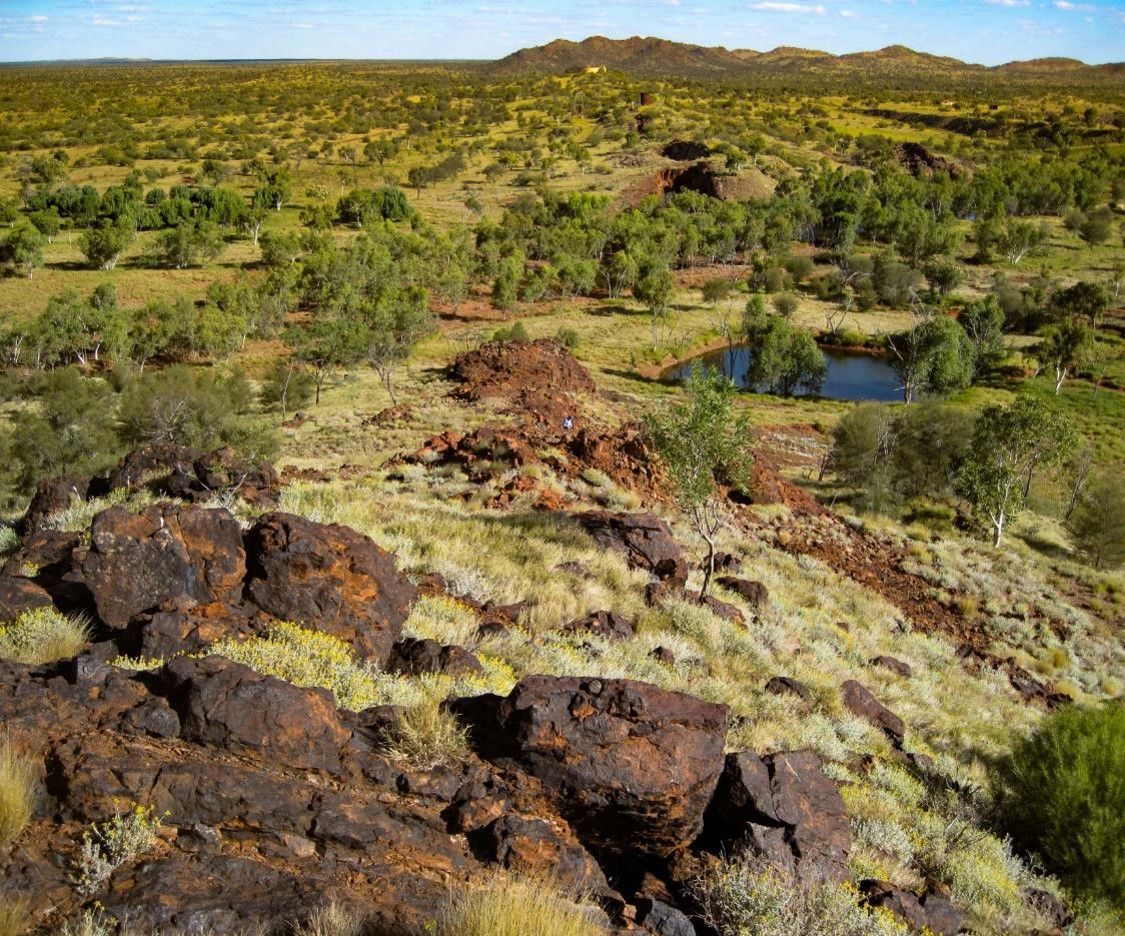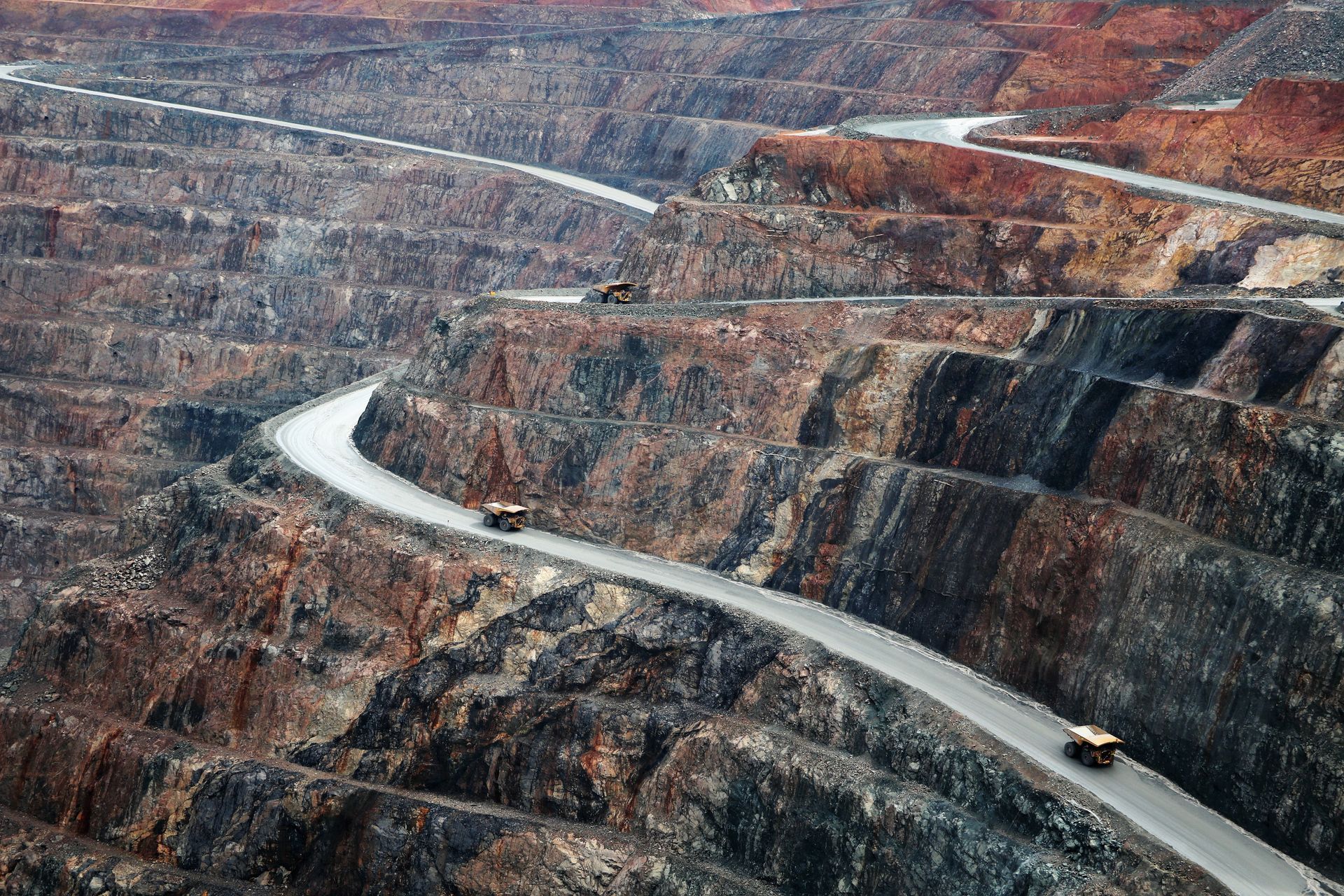ONLINE MAGAZINE
Transformations in mining
Mining
Transitions is a digital magazine showcasing the transitions that lay ahead for our world

Australia is a remarkably innovative nation. Prior to European settlement in 1788, Indigenous Australians pioneered ecological sustainability and developed an extensive knowledge of native flora and fauna, both of which remain outstanding achievements in the 21st century. Since then, Australians have continued to demonstrate ingenuity in many areas, including science, medicine and manufacturing. The nation’s achievements to date, include 15 Nobel Prize-winning innovations shared among 16 Australian recipients since the Prize was first awarded in 1901 (coincidentally, Australia’s year of Federation). It’s a proud past – but what can Australia expect of the future? What challenges will we face in 2020 and beyond? To answer this question, we need to consider several factors with regard to being innovative in an increasingly competitive world: • the changing world order; • our changing mix of industries; • the productivity challenge; • the elements of innovation (the who, what and how); and • the growing importance of intellectual property (IP) for business and economic success. The changing world-order The graph below suggests that the world – containing some 230 nations and protectorates – continues to amalgamate into larger cohorts. Over time, as a society and an economy, we have aggregated families (households) into tribes (local government), then into territories (states) and nations. These nations are now federating into eight regions, as highlighted below; and perhaps, as we move into the 22nd century, these regions will be presided over by an empowered world government or council of sorts. Regionalisation and globalisation are slow and painful processes, and there have been setbacks to both – take Brexit, for example. But, importantly, Australia is now part of the world’s largest region, the Asia Pacific, in terms of population and economic output. Indeed, the larger Asian megaregion (being the Asia Pacific and Indian subcontinent), accounts for two-thirds of Australia’s inbound tourism and immigration and 80% of our goods and services trade, respectively. A tectonic shift is underway in the global economy. The East, which already houses four-fifths of the world’s citizens, has also overtaken the West in GDP terms. Meanwhile, the economic and population pecking order of nations is changing fast, as we see in the following two graphs.

Essential to modern technologies and economic and national security, copper plays a critical role in the Clean Energy Transition – and while the Australian Government has carved out an ambitious implementation plan to shift from fossil fuels to renewable energy sources, the challenges ahead are significant.





